More Blogs

7 Key Steps To Building A Tent. And Advice On Best Maintenance.
After our “Tips before pitching a tent” guide, I believe you should have done your
May 29, 2022
Choose an excellent nylon polyester tent to protect you and your family from the sun and rain outdoors in the forest, grassland, mountains or beach. Campmors nylon/polyester tent series are carefully selected with good tensile strength, waterproof, sunshade and other characteristics.
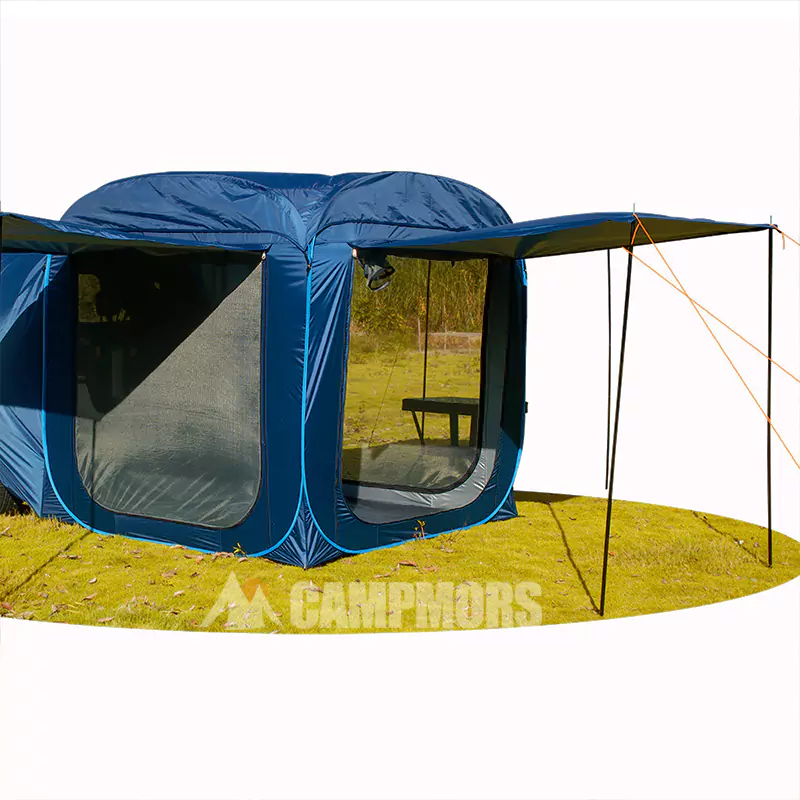
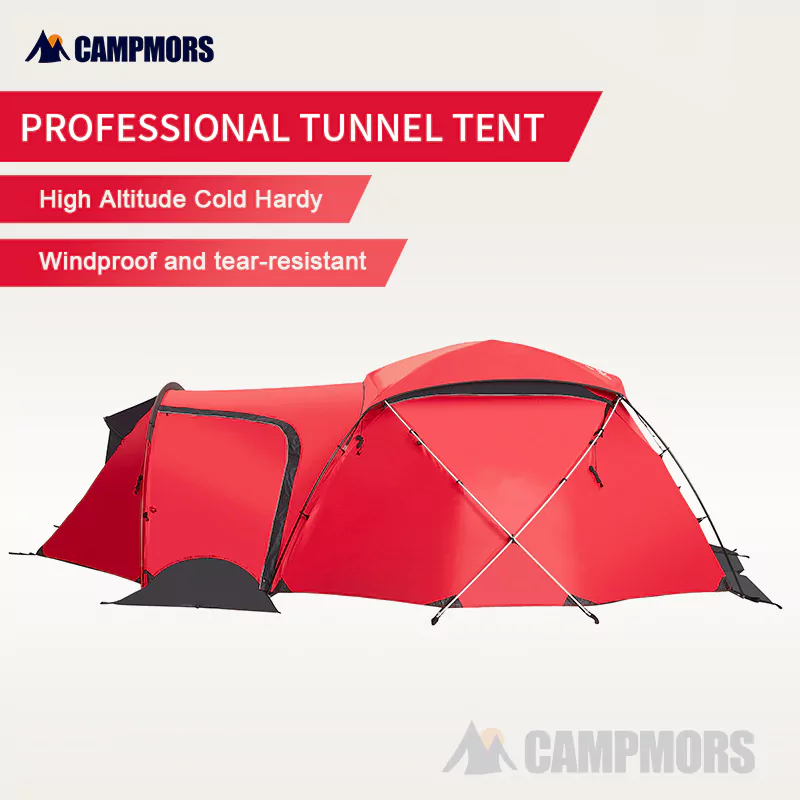
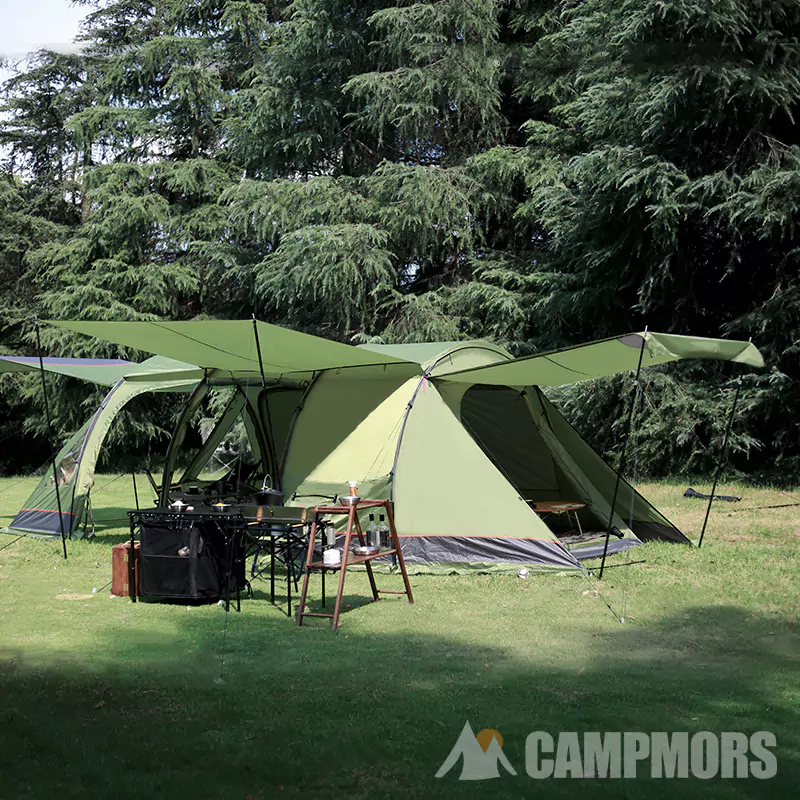
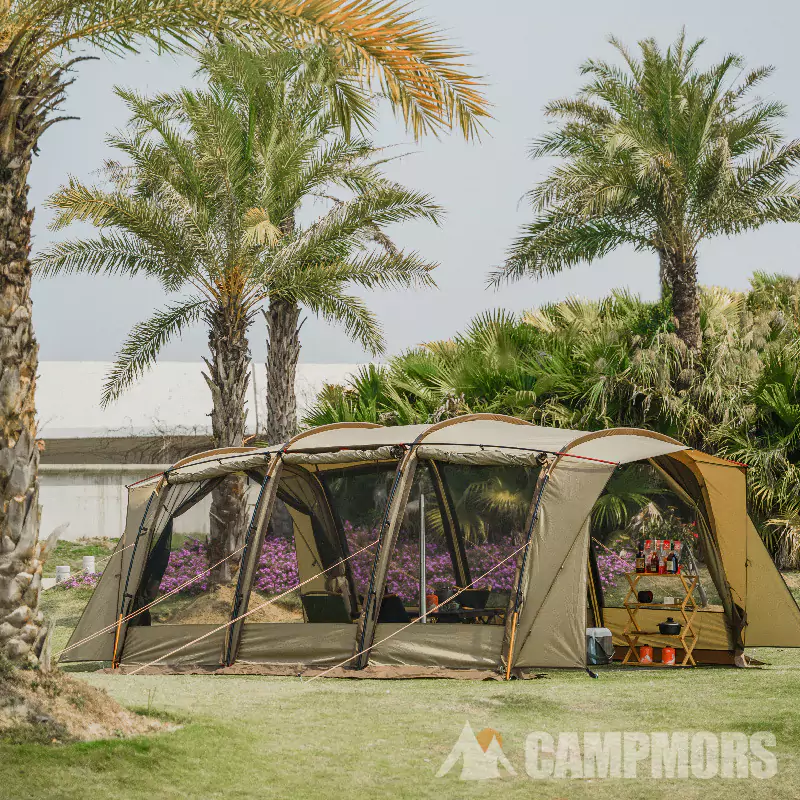
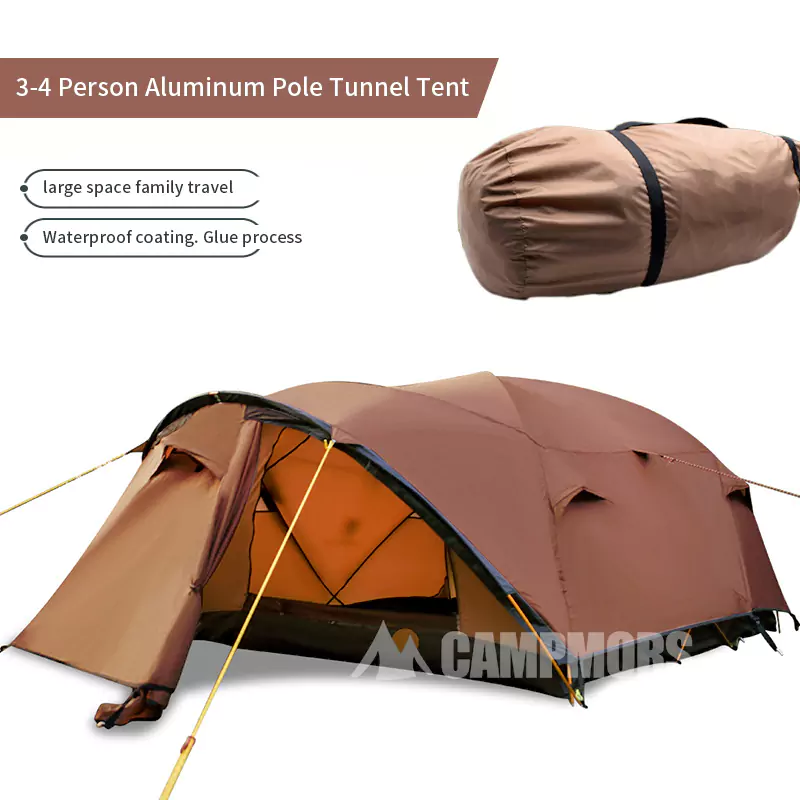
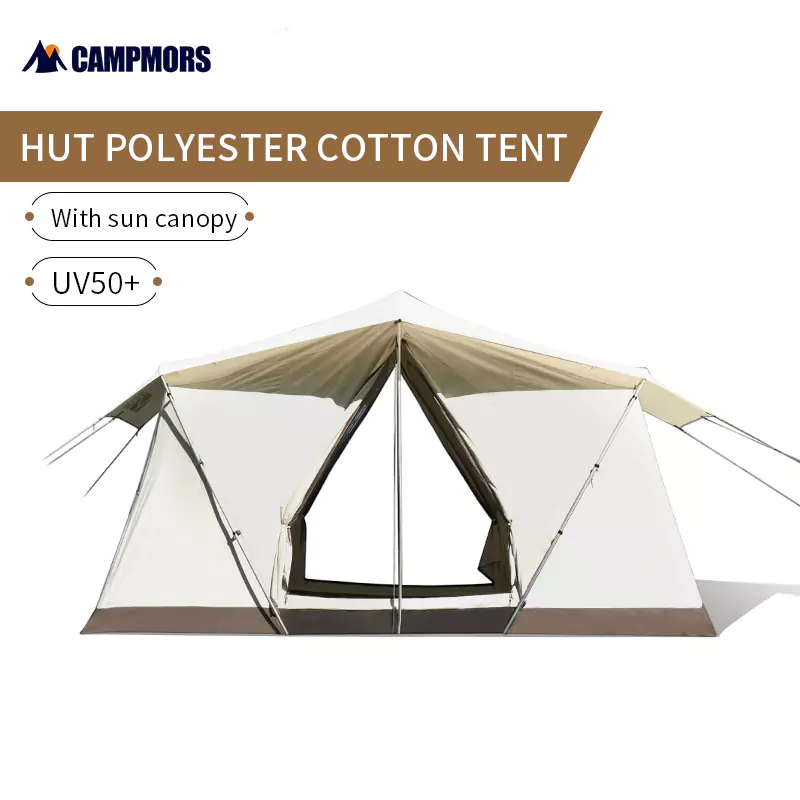
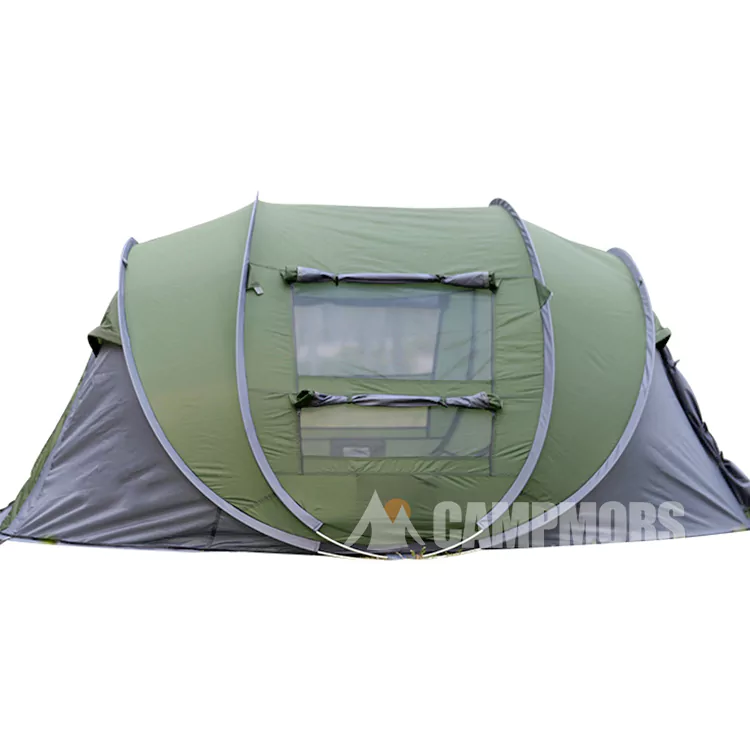
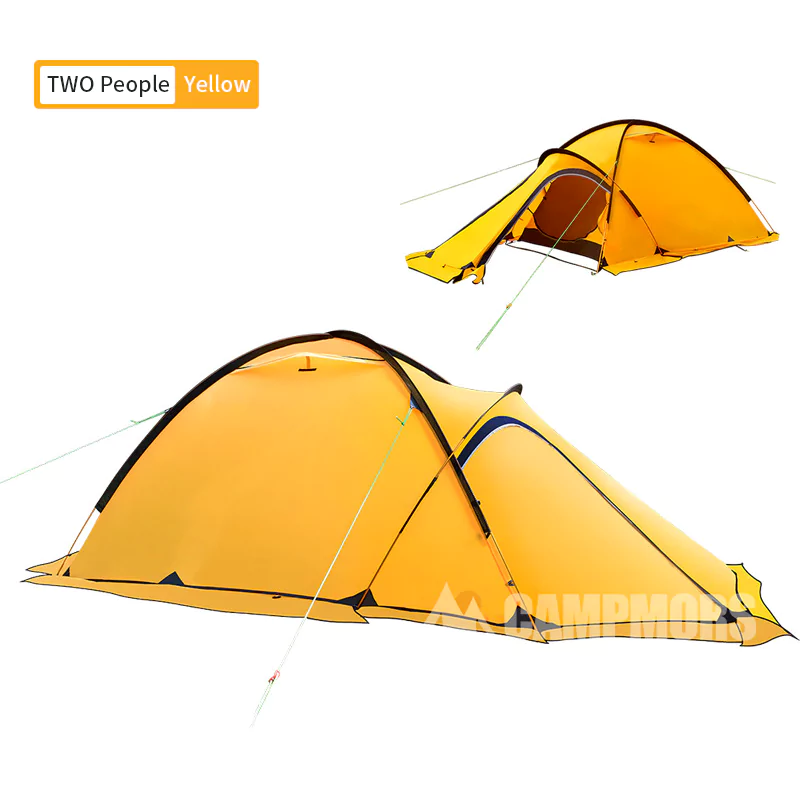
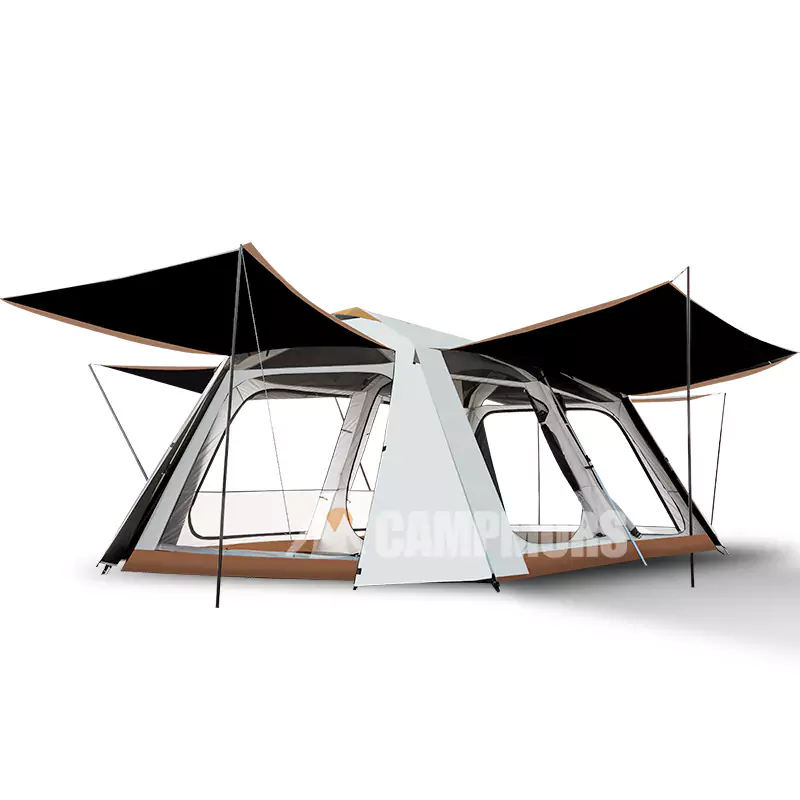
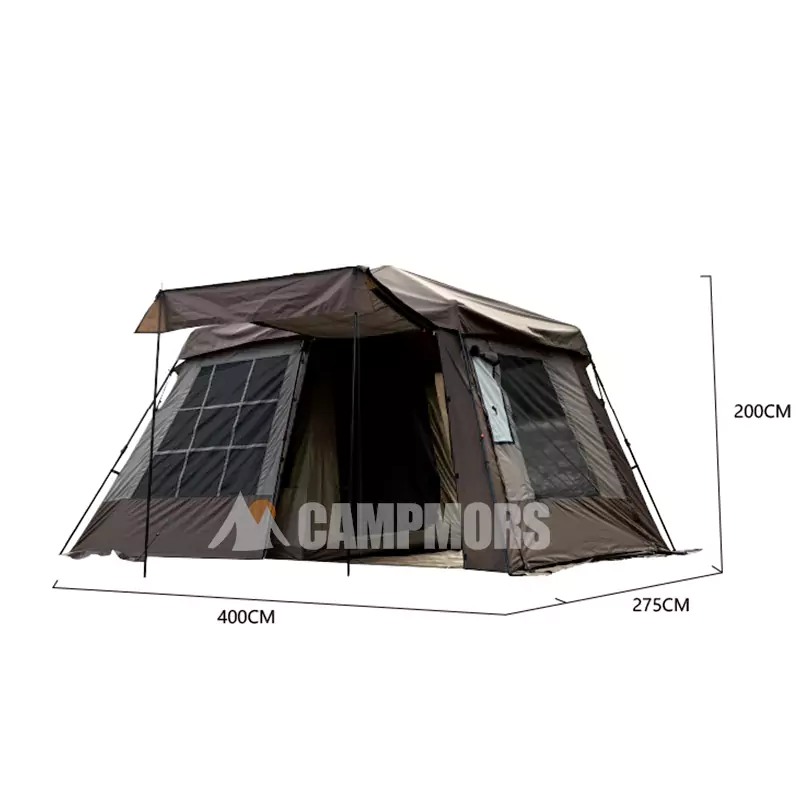
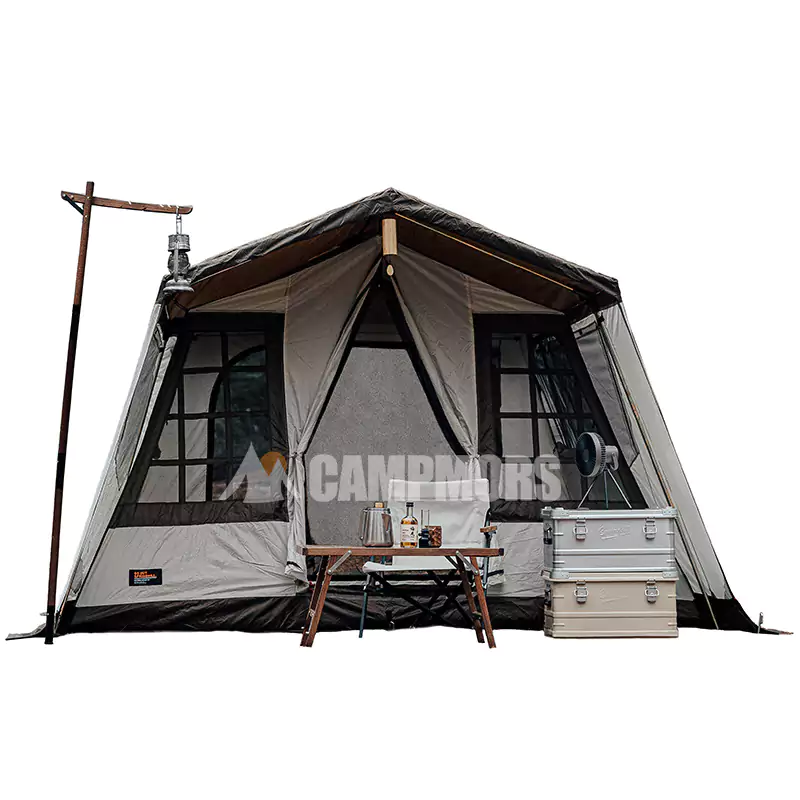
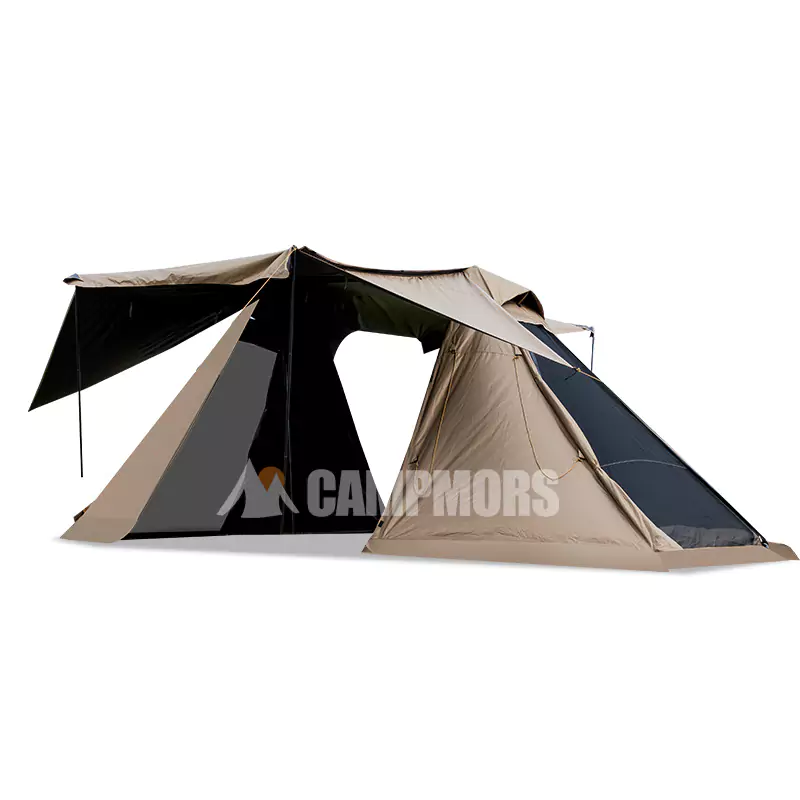
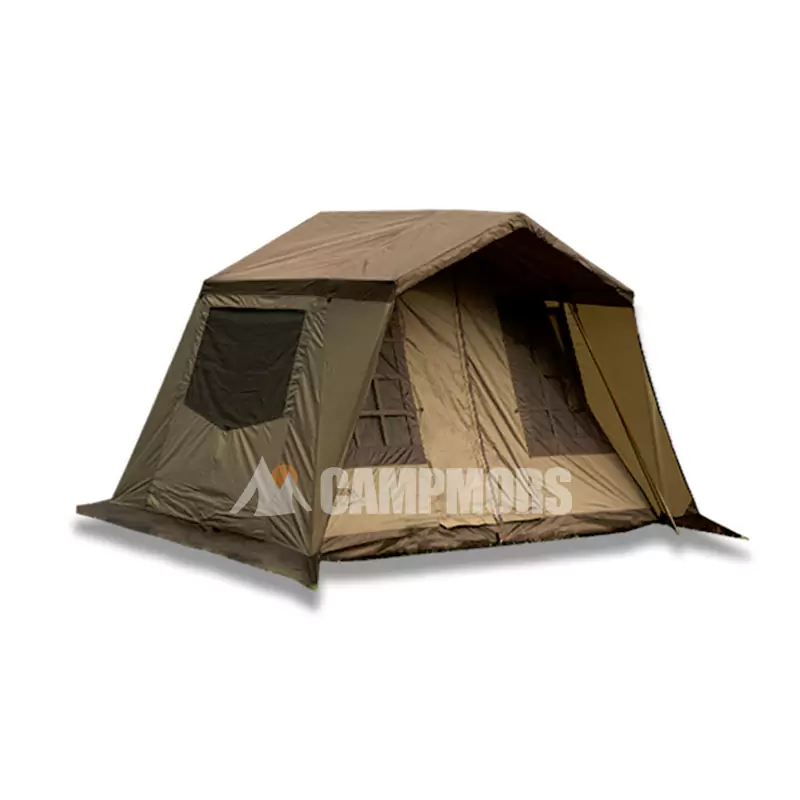
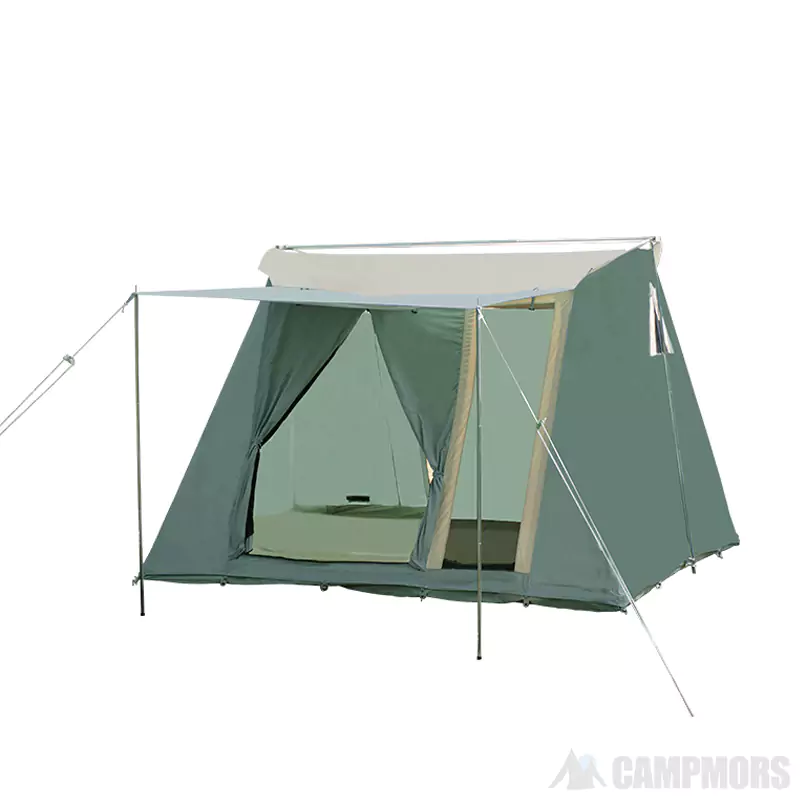
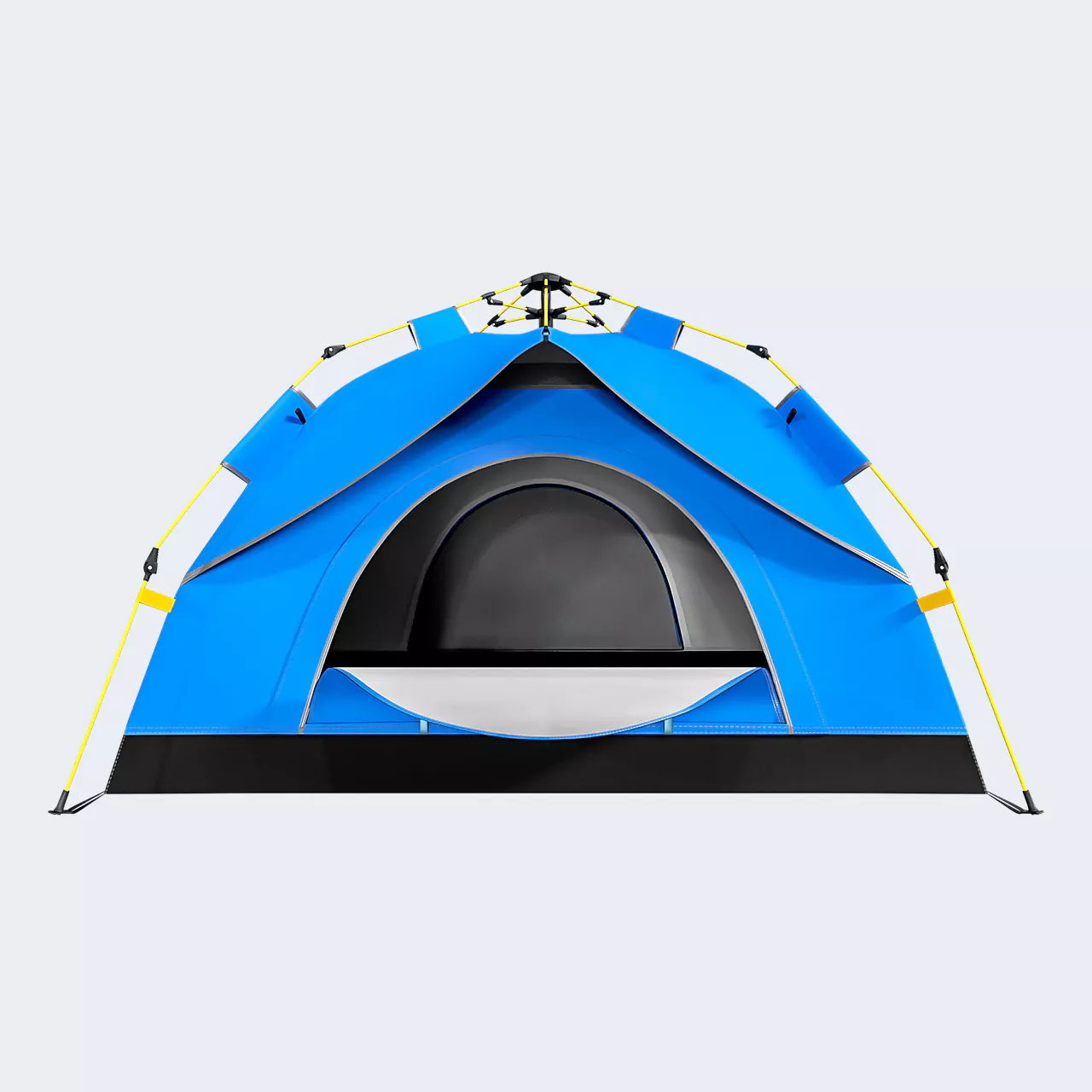
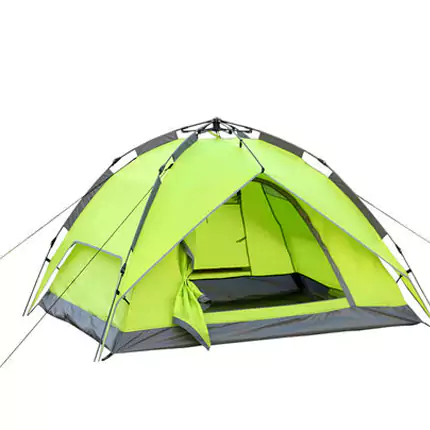
Best Polyester and Nylon Outdoor Camping Tents.
As you can see, tents made of nylon cloth as the main fabric are called nylon tents. Nylon tents offer super light performance and robustness. Nylon tents are designed in a compact and lightweight package, and are often used as the first choice for backpacking tents for hiking.
Of course, due to the lightness of nylon teepee tents, it can be known that the thickness of the fabric is relatively thin. Everyone should know that the thicker the fabric, the better the protection against sunlight. Therefore, the UV resistance of nylon tents fabric is relatively poor, which is not very friendly to outdoor enthusiasts camping at high altitudes.
Now polyester tents are no longer the polyester you knew many years ago. Due to the advancement of technology and polyester fiber formulations, the high tear resistance of polyester tent material makes polyester tents popular among users and markets. And polyester taffeta tent have better UV resistance and fabric stability than nylon fabric tents.
When choosing a nylon tent, the most important thing to pay attention to is the weaving thickness of the fabric. Usually expressed as “xxxD”, the preceding “XXX” is the braided model, and “D” stands for “denier”. Usually the larger the value, the higher the weaving density of the fabric, the greater the grams per square meter, and the thicker the fabric thickness. The models used for ripstop nylon tent are often: 100D, 150D, 200D, 210D, 300D and 400D etc..
In the same way as nylon tents, in addition to the structure of the tent, the degree of weaving of the fabric should also be paid attention to when choosing. Usually expressed as “xxxT” in front of “XXX” is the weaving specification. T represents the total number of warp and weft yarns per inch. Such as: 210T means that every square inch is woven by 210 yarns. The larger the T value, the higher the warp and weft density, and the greater the grams per square meter. The quality is also better.
As mentioned above, different materials have different advantages and disadvantages. Both nylon vs polyester tent have very high economy. Should your focus be on properties such as weight, sturdiness and UV resistance? Below we will give some suggestions based on their respective characteristics:
Different fabrics have their own cost-effectiveness, it all depends on the individual’s needs. When considering the advantages of a material, its disadvantages should also be accommodated, and nothing is perfect.
At present, the mainstream tent materials on the market are mainly cotton, canvas, polyester, nylon and Oxford cloth. Each material has its own product advantages and disadvantages. Below we will take out canvas tent vs polyester tent vs nylon tent and explain them one by one:
Nylon tent: Nylon fabric is a kind of man-made fabric, made of 100% synthetic fibers. The first widely used parachute during World War II. Currently widely used in outdoor products, it is characterized by strong and lightweight, which is very friendly to backpackers. The weight reduction helps to the load of our hike.
However, due to the high elasticity of nylon tents, it has a disadvantage: it is prone to wrinkles after being stretched a lot.
And nylon has a relatively high water absorption performance, and it is easy to absorb water and expand if it is in a humid environment for a long time. In the wild, it may cause the tent fabric to sag, so we often recommend using the wind rope to tighten it to prevent the tent body from sagging. Coatings are now used to alleviate this problem, but the water absorption of nylon is still higher than that of polyester tents under the same conditions.
Polyester tent: Tents made of polyester fabric have become more and more popular in recent years.
In the same humid environment, the water absorption stability of polyester taffeta tent fabric is better than that of nylon cloth. It retains its original shape after getting wet, making it more aesthetically appealing. polyester tent waterproofing. At the same time, due to the different weaving process of polyester, its thickness is thicker than nylon, and it is more UV-resistant.
It can be seen that polyester weight, water absorption, UV resistance and abrasion resistance are all comprehensive. It can meet the conditions required for many ordinary camping activities. If you are a four-season travel enthusiast, you may bring a tent to the wild for a relaxing weekend at any time, and a polyester tent is the best choice. He’s generally more aesthetically pleasing and more affordable than nylon, which is why I choose it.
The fabrics of nylon and polyester tents generally break down and deteriorate faster than canvas tents. But they’re cheaper, and if you’re looking to buy the newest current tent every few years, nylon and polyester tents are the best options.
Canvas tent: Canvas (Oxford cloth) was first used in marine navigation or miners in mining operations, and later it was widely used due to its excellent wear resistance. Therefore, among these materials, canvas is the thickest and most wear-resistant, and has super tear resistance. At the same time, it can let the air circulate and prevent the diffusion of moisture and mold growth. If stored properly, the service life of canvas tents is very long. You can take it on a trip anytime.
At the same time, the canvas has strong stability and is not easily affected by the environment. When used in tents, a layer of silver coating or black glue can also be added to the inside of the tent, which is more conducive to heat insulation.
The weight of the canvas is not negligible either, thanks to its thick fabric that provides solid abrasion resistance. Please accept its heavier quality than nylon and polyester when choosing.
Cost comparison of polyester, nylon and canvas tents: polyester < nylon < canvas tent.
Both polyester and nylon tents are waterproof. Generally, polyester is more water resistant than nylon at the same weave density. But they won’t be highly waterproof. Therefore, in the production of modern tent nylon vs polyester, advanced PU and vinyl coatings are usually used to enhance its waterproofness. However, after long-term use, the coating is easily affected by moisture and may fall off. But this is not a big problem. However, after long-term use, the coating is easily affected by moisture and may fall off. But this is not a big problem. Usually, we will consider buying a new tent with the latest upgrade at that time.
I can tell you unequivocally, do not use a washing machine or blender to clean polyester and nylon tents. When the washing machine spins, it pulls and tears the fabric and seams. Although nylon (polyester) has excellent tear resistance, the high-speed rotation of the machine will seriously affect the woven structure of the fabric, shorten the service life of the tent and even cause damage. So how do you clean nylon and polyester tents? Please look down.
Polyester or nylon tent surfaces are generally smoother and less prone to soil contamination than canvas. At the same time, caring for the tent during its use will greatly reduce the workload of cleaning the tent. For example, choosing a relatively clean and tidy ground to set up the tent, and putting shoes outside the tent before entering the tent.
Although we have taken care of the tent in the early stage, it is still impossible to avoid the tent being soiled. Before cleaning the tent, we need to prepare these prerequisites:
After having the above conditions, we can perform the following steps:
Detailed cleaning can be carried out when home is in sufficient condition. Get your tools ready before cleaning: brush, hose, warm water, bathtub or large sink, soap (detergent, white vinegar), drying rack. Next, you can start:
After performing the above steps your tent is clean. You will see a clean and fresh tent the next time you camp. There is also a little knowledge to tell you: if you have a long time before the next camping, take out the Polyester and nylon tent regularly to dry to avoid the growth of mold.
Due to the strong water absorption of nylon tents, the moisture of nylon fabrics is trapped in the tent after long-term rain. Mildew spots can form if not handled properly, so hang the nylon tent in a cool, dry place to air dry before you are ready to store it.
Occasionally, tents may develop mildew due to the weather or an unintentional miss. how to remove tree sap from nylon or polyester tent? Don’t worry, we can clean it up.
Note: If you are more sensitive to the smell or have asthma or allergy symptoms, please take basic protective measures such as wearing masks and gloves.
If you are really looking for a good quality and cost effective polyester or nylon tent. Then don’t miss Campmors. Ours have a complete assembly line, and meet local environmental protection and material inspection standards. All employees are professionally trained, and the professional design team designs ergonomic products with ingenuity. Reliable quality and affordable price.

After our “Tips before pitching a tent” guide, I believe you should have done your
